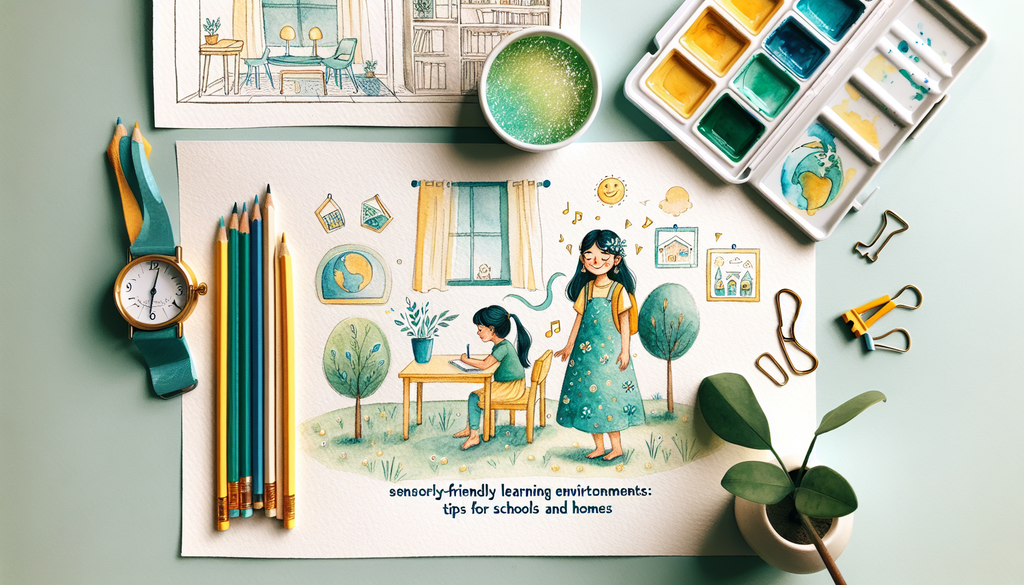Sensory-Friendly Learning Environments: Tips for Schools and Homes

In our diverse world, it’s vital to acknowledge and respect individual differences and unique needs, especially when it comes to how children learn and interact with the world around them. Some children are sensory sensitive, a term covering a wide range of experiences that can include children with Autism Spectrum Disorder (ASD), Attention Deficit Hyperactivity Disorder (ADHD), and those who are gifted or significantly advanced in certain areas. This guide will shed light on creating sensory-friendly spaces to help harness the greatest potential of these remarkable children.
Understanding Sensory Sensitivities
Individuals with sensory sensitivities may experience the world differently. They may have heightened or reduced sensitivity to sight, sound, smell, taste, or touch, leading to behaviors that may seem unusual to others. For instance, a child with auditory oversensitivities might cover their ears in a noisy environment, while one with tactile oversensitivity might resist wearing certain types of fabric. Recognizing sensory sensitivities and accommodating them in learning environments is crucial for mitigating discomfort and enhancing their overall learning experience.
Creating Sensory-Friendly School Environments
For schools committed to inclusive education, designing sensory-friendly classrooms is paramount. Here’s how:
- Sensory Spaces: Design quiet corners filled with sensory tools like weighted blankets, noise-cancelling headphones, or fidget tools which can provide comfort during overwhelming sensory experiences.
- Flexible Seating: Implement seating options like exercise balls, rocking chairs, wiggle cushions that can cater to various sensory needs.
- Visual Schedules: Use visual schedules to make the day predictable and less anxiety-inducing.More on visual learning strategies here.
Don’t forget to incorporate regular sensory breaks throughout the day and adapt activities to be more inclusive, as discussed here.
Sensory-Friendly Homes for Learning and Play
Parents can adapt their homes to be sensory-friendly, providing comfort and promoting better learning during homework time or while engaging in educational activities. Here’s how:
- Sensory Rooms or Corners: Create a quiet room or area stocked with sensory-soothing items. Information on setting up sensory play at home can be found here.
- Structured Routine: Maintain routines to provide stability and comfort. Including children in planning encourages active participation.
- Appropriate Lighting and Colors: Choose calming colors and dimmable lights to reduce visual stimulation.
Remember, a sensory-friendly home isn’t just about creating specific corners or rooms. It’s about incorporating sensory-friendly aspects into your everyday home life, from quiet meal times to softer fabric choices for their bedding.
Navigating the world with sensory sensitivity can be challenging, yet with understanding, empathy, and thoughtful planning, we can create environments that cater to different sensory needs. When children feel comfortable in their surroundings, they can focus better, feel safer, and ultimately, learn more effectively. For more advice on children’s learning and development, browse through our rich collection of resources.